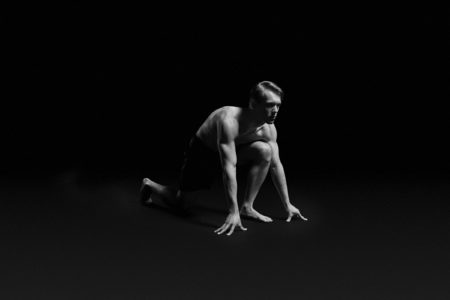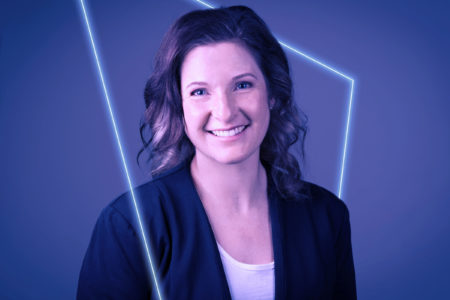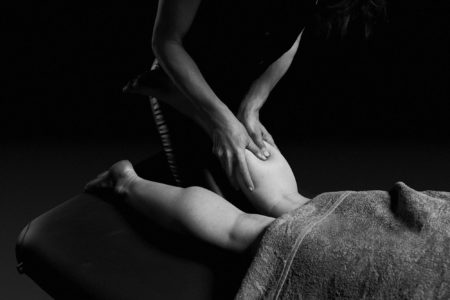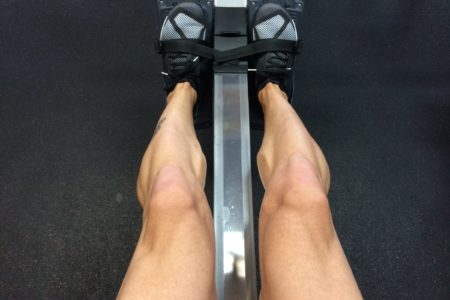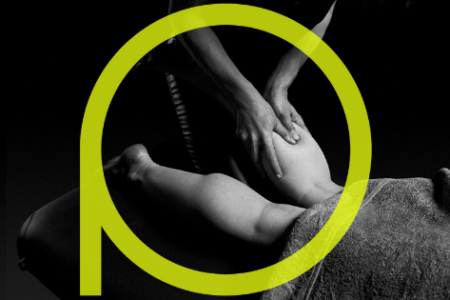Suite 3, Ground Floor, The Gateway,
312 St Kilda Road, Southbank, VIC, 3006
Shoulder Pain
The shoulder joint (glenohumeral joint) is a ball and socket joint with a large ball (humeral head) and a shallow socket (glenoid). This biomechanical set up makes the shoulder joint highly mobile and at risk of dislocation (abnormal separation of the joint) or subluxation (partial dislocation).
- Shoulder dislocation / subluxation
- Rotator Cuff injury
- Shoulder instability
Shoulder dislocation/subluxation
Most of the time shoulder dislocation requires high amounts of force to occur, however in rare cases where a person has significantly lax ligaments these injuries may occur spontaneously.
Pain, swelling and a feeling of instability in the shoulder are common symptoms following a subluxation. A dislocated shoulder joint requires medical reduction (relocating the ball and socket) and once this has been completed the joint may need to be immobilised in a brace or sling. It is important after both subluxation and dislocation that appropriate shoulder rehabilitation is completed with your sports physiotherapist to prevent re-injury. In some circumstances, surgery is indicated and your physiotherapist and doctor can discuss this with you.
Rotator Cuff Injury
The shoulder shoulder has a group of muscles that provide strength and support for the ball and socket joint. These muscles can become injured, such as a muscle strain or commonly called a “rotator cuff tear”. Rotator cuff injuries can occur with trauma (for example a football injury) or over time.
If you experience a rotator cuff tear, you may feel pain and weakness when lifting or using your arm. Physiotherapy can assist with pain relief and provide a comprehensive rehabilitation and strength training program.
Shoulder instability
Shoulder instability is common in people who use their shoulder through the full range with increased load, such as in throwing or racket sport athletes, gymnasts, circus performers and male dancers (lifting their partner).
Pain and a feeling of apprehension or “popping out” are common symptoms associated with shoulder instability. This condition may be developed over time and it is common following a dislocation or subluxation of the shoulder (glenohumeral joint).
Physiotherapy management involves soft tissue and joint techniques, taping and exercises to correct the shoulder blade position and strengthen the shoulder joint. Technique analysis of your aggravating activity is also important and your physiotherapist can guide you through this in conjunction with your coach.
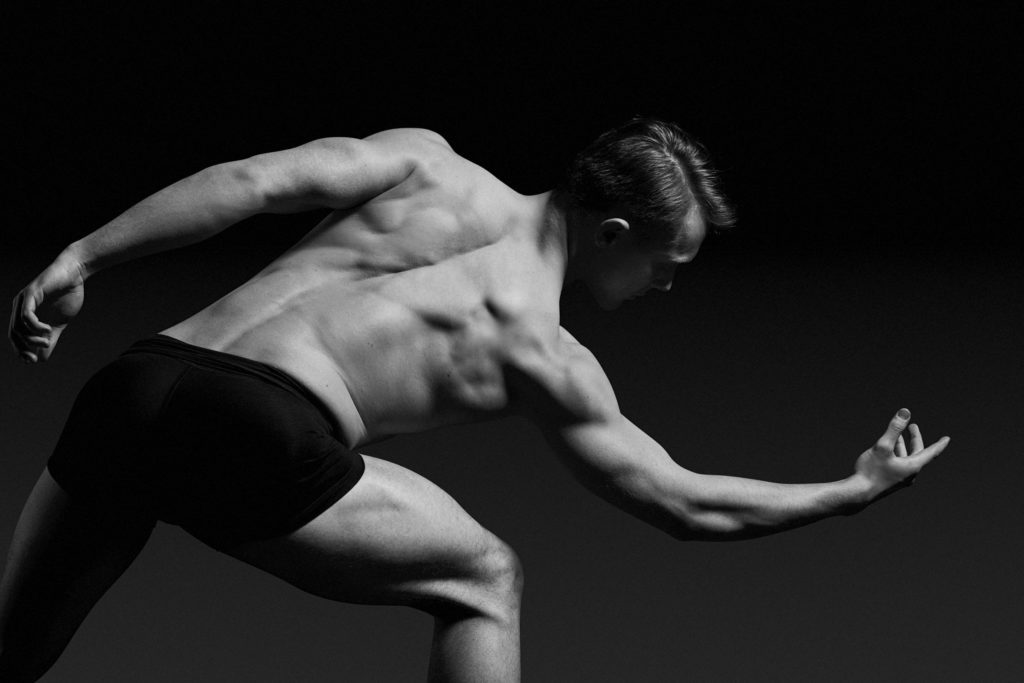
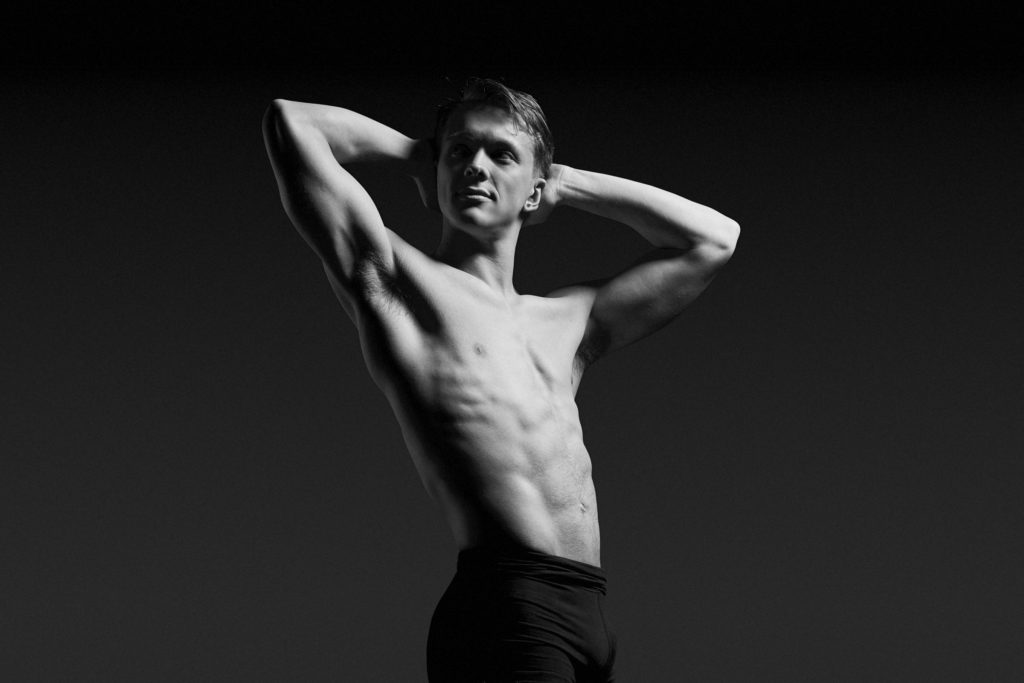
Related Treatments
Related Practitioners
Dr Suleiman Halabi (he/him)
Sports Doctor - M.B.B.S.
Rhea Torres (she/her)
Physiotherapist - DPT. BNSc. BSc.
Annie Strauch (she/her)
Managing Director - Titled Physiotherapist - MACP
Nino La Scala
Titled Physiotherapist
Elise McMahon (she/her)
Physiotherapist
Letitia Reus (she/her)
Physiotherapist - APAM
Elissa Petesic (she/her)
Physiotherapist - APAM
Emily McLean (she/her)
Physiotherapist - B.Physio Adv. (Hons), Masters of Sport Physio
Stephanie Zamoyski (she/her)
Senior Physiotherapist - B..HthSci & M.Phty
Maria Anagnostou (she/her)
Clinical Director Sydney - Titled Physiotherapist, MACP
Zeba Haroon (she/her)
Physiotherapist
Chris Minto (she/her)
Senior Physiotherapist
Dr Brea Kunstler
Physiotherapist & Run Coach
Polly Dhar (she/her)
Senior Physiotherapist - APAM
Nicole Reynolds (she/her)
Senior Physiotherapist - APAM
Dr Kathy Yu (she/her)
Sports Doctor - M.B.B.S.
Stacey Kipouridis (she/her)
Physiotherapist - APAM
Catherine Etty-Leal (she/her)
Clinical Director Melbourne - Titled Physiotherapist, MACP

